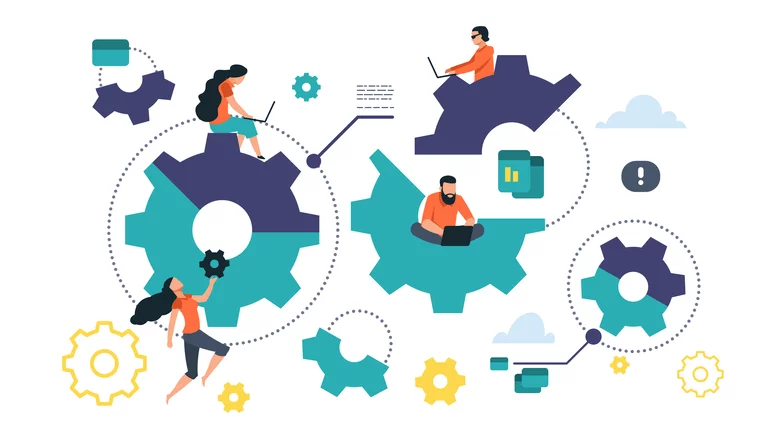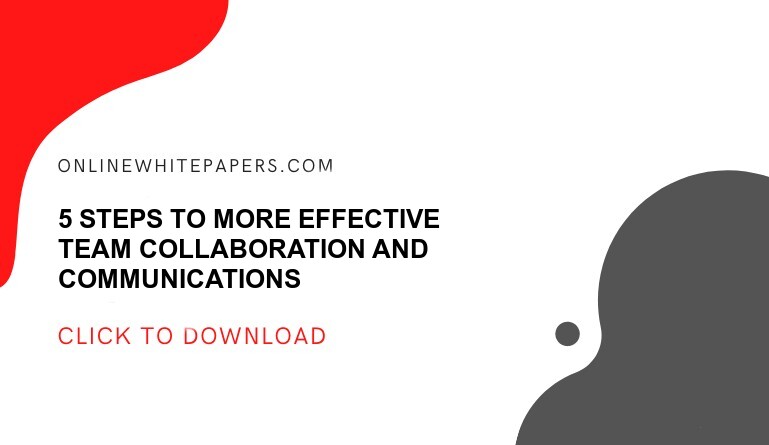Have you ever wondered why people who are happy in life are more productive at work and why people who achieve at work are happier in life? It’s because they follow the key mantra of work life integration. Work-Life integration is the new Work Life Balance. The covid catastrophe has reinstated the importance of living one’s life having dreams and laughter, spun in the fabric of the relationship.
Let’s say one of your dependents is sick and you need to see them, but you’re swamped with work and can’t see a way out. You will be perplexed and despised as a result of this predicament. You will be unable to concentrate on your work. If there had been a work life integration policy in place, you could have spent time with your sick dependent by leaving the office early and marking emails while being at home with them. Instead of seeing work and personal time as two separate entities, busy professionals can discover common ground.
What is Work Life Integration?
Work life integration entails balancing personal and professional obligations. It is a natural progression from traditional work life balance. Rather than creating a conflict between the two, work life integration aims to bring them together in a way that benefits both. Individually, it entails keeping track of a timetable that satisfies both your own and your company’s requirements.
Work life integration is a strategy for increasing synergies across all aspects of “life”: work, home/family, community, personal well-being, and health. Technological advancements have given us endless opportunities to collaborate and work digitally, as well as personalized options for work schedule flexibility.
Difference Between Work Life Balance and Work Life Integration
Both work-life balance and work life integration are resources that seek to achieve a balance between professional and personal lives. However, work-life balance focuses on making life and work exist separately, while work life integration seeks to coexist and bring the two together.
( Also Read: Is the 5-Hour Workday Beneficial to Work Balance and Productivity? )
What is Work Life Balance?
The amount of time a person devotes to their professional and personal lives is referred to as work-life balance. An even work-life balance is suggested to preserve workplace welfare and fulfillment in your personal life – reducing stress, avoiding burnout, and achieving goals in both aspects of life. It isn’t always easy, though, with many people unable to prioritize chores evenly and establish reasonable work-life boundaries.
What are the Advantages of Integrating Work and Personal Life?
- Work-life integration allows you to devote equal time and attention to all aspects of your life without sacrificing one for the other.
- It’s more genuine and practically feasible. Rather than waiting down the minutes until you can spend time with your family, you may work from home and enjoy their company at the same time.
- Your mood is not affected if the balance is disrupted. You know that if you have to work overtime you can do it from anywhere by accessing the company resources.
- Combining work and personal life can help you live a more interesting life which is a new perspective on work.
- It’s an excellent method for properly prioritizing. You’ll be able to handle your chores in a way that matches your work demands if you mix up your ‘9-to-5’ with both work and home-based duties.
It could be working in the morning, then going to the gym, cooking supper, and/or bringing up the kids while finishing with work-related tasks.
Work Life Integration Examples
- Getting out of work early and responding to emails from home.
- Yoga, exercise, and walking clubs in the workplace.
- After-school employment for your youngster.
- Having your company pay for you to take a course in something you’re interested in.
Here Are Some Tips To Keep In Mind If You’re Trying To Integrate Work and Life:
1. Be conscious of yourself.
You can develop a “four-way attention chart” using the “Four circles” such as work, home, community, and self. There is no one-size-fits-all plan because we all have various personal and professional goals. Make sure the goals you’ve set in the four circles sum up to 100%. You should be able to add or subtract values from each circle depending on the importance of the task. Move these circles closer together and overlap them more to make them more compatible; the closer and more overlapping the circles are, the more compatible they become.
2. Make workplace flexibility a priority.
It is critical to have workplace and work schedule flexibility. Check to see whether your company has a policy like this. If not, make it a point to schedule a meeting with your manager to discuss this. Once accepted, advise a trial run to ensure that work is not harmed.
3. Time off from work
It is critical to keep a fresh mind to maintain high productivity. It is critical to take regular vacations to achieve this. Various studies have found that taking time off work for a vacation, a change of scenery, or simply relaxing improves productivity significantly.
4. Throughout the day, take short breaks.
Make sure you take time away from your desk to break up the monotony of your workday. In the long term, such breaks will undoubtedly make you more productive, cheerful, and focused. You will most likely have a range of various work breaks. These can be divided into three categories: Lunch breaks, tea breaks, and other brief breaks during the day are referred to as rest breaks. Daily rest is the period between the end of one day’s work and the start of the next for most people this is overnight between weekdays.
5. Disconnect from everything.
Before entering the house, it’s sometimes necessary to unplug oneself from the office work and rest to restore the energy. To take a mental break from office troubles and work and focus on other things is what the word signifies. It’s impossible to be productive if you just think about work from dinner to breakfast. To renew and recharge your mind and body, make sure you are not thinking about work all of the time.
6. Take note of the times when you are most productive.
Everybody works differently. You will notice that you are more alert and focused at various times of the day. Keep those hours in mind and complete the majority of your work during those hours. Giving your body clock the attention, it deserves will help you make the most of your time.
7. Productivity is more important than the number of hours you work.
Gauging work by the number of hours worked rather than the amount of output attained is a meager method. Instead of focusing on the number of hours you clock in, concentrate on the value you provide. The technique taken by entrepreneur Steve Olenski in his Two-Minute Rule is an example of a smart strategy. If you’re reminded of a task that can be performed in two minutes or less, follow this guideline and finish it right away. This approach aids in the avoidance of a work-related pile-up.
Final Thought
The workplace and its policies change in tandem with the work we conduct. Despite these developments, work-life integration will remain a critical component in safeguarding the health of both individuals and the firm.






